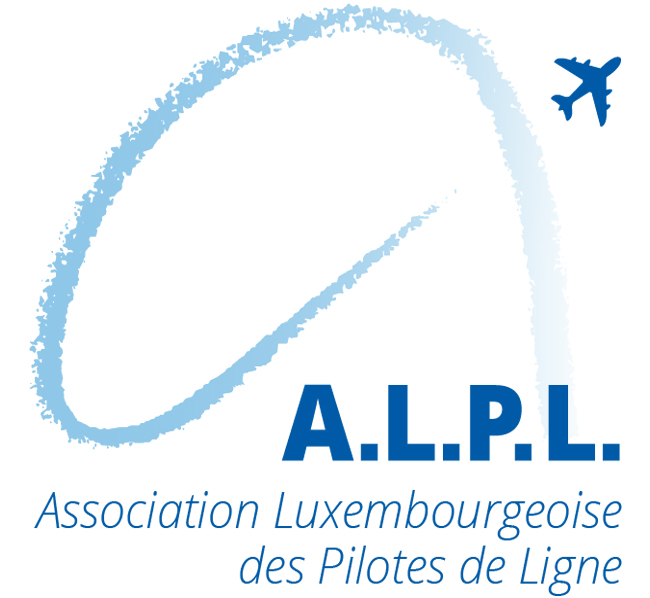The safe and efficient co-existence of manned and unmanned aircraft in the airspace is one of the major challenges in aviation for the next decades. The rapid growth in Unmanned Aircraft Systems (UAS), civil and military, has increased the demand for access to non-segregated airspace. It is recognised that the use of small UAS at lower altitudes is now a driving force of economic development. This revolution, based on a ‘disruptive’ technology, has already created new services in many fields of activity and new possibilities for airborne tasks that could not have been done before or were too costly to operate.
At the same time, the safe integration of UAS into the current environment may include constraints to UAS operations and additional risks to manned aviation airspace users. The collective aim should be to minimise these operational constraints and to remove the safety risks as far as possible, while maintaining or improving the current levels of safety and security in the skies over Europe.




